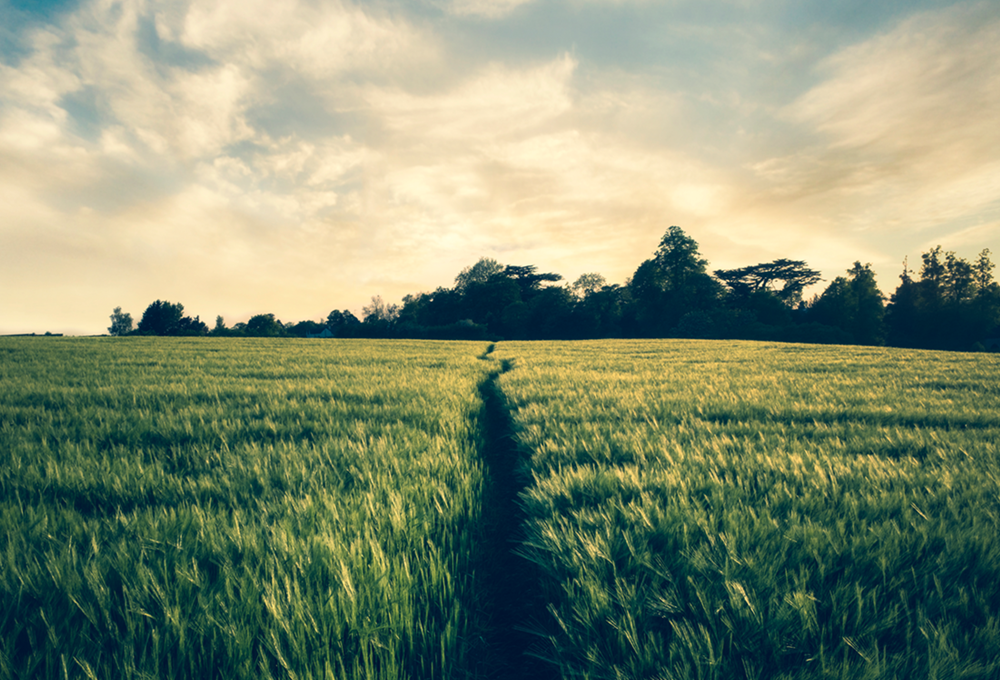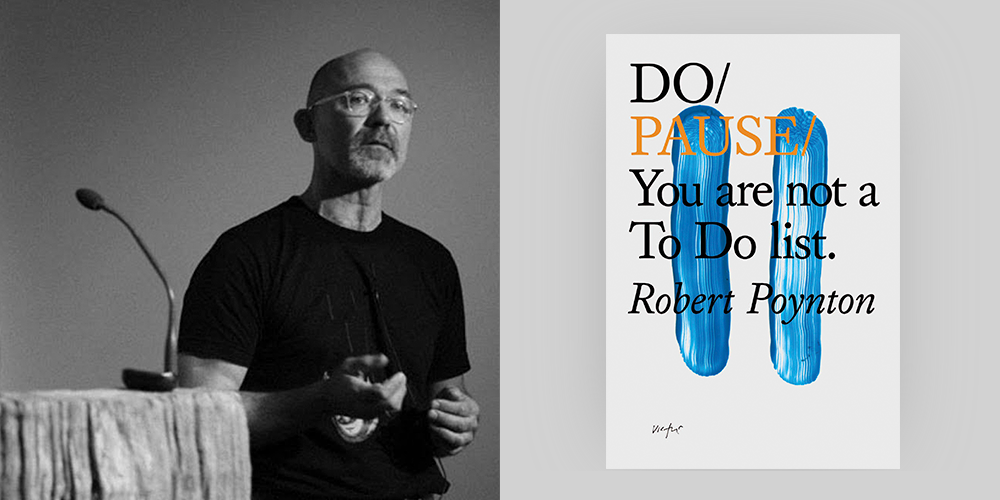Pause to play

In a world where everything is set to fast-forward, is there place to pause? In one of the latest Do books, titled Do Pause: You are Not a To Do List, Robert Poynton makes a case for it.
After reading just the first few pages, I felt compelled to pause and write my initial thoughts. Particularly considering how pausing is relevant to me, to working within the wonderful yet fast-paced creative industry, and to helping with the creative process.
Pause to process and clarify, to then progress…
Not altogether surprisingly, the very title of the book made me reflect on my relationship with to-do lists.
Writing out a to-do list recently, I’d started to feel anxious and headachey. Reflecting on the reason for this I realised that, while the tasks themselves weren’t too taxing, seeing the sheer number of things that needed doing reminded me of everything I hadn’t done yet. The list wasn’t giving me the sense of control and clarity I was seeking – but the opposite: rather than organising my mind, it was stressing it out.
Why not stop making lists altogether, right?
Unfortunately, this didn’t seem like a solution. Not writing lists feels completely unnatural to me: lists are helpful for feeling in control and combating the fear that I’ll forget something important. So I decided to adjust my process by factoring in time to pause, review my list, and really question the urgency of each task – prioritising accordingly.
This gave me real peace of mind and kept expectations in check. Pausing to process and adjust the time frames on my personal and work lists made me more realistic, calmer, and happier all-round. And I actually got more things done – progress!
It’s a pause, not a stop…
To ‘stop’ doing anything feels permanent and final, especially when it comes to idea generation and the creative process as a whole. The beauty of pausing is that it’s temporary, but is also a flexible, adaptable use of time – it’s up to you to define how long you pause for. A pause can be anything from taking a few deep breaths, to moving away from the screen or desk, to simply putting a certain task aside and focusing on another. When used well, it can be liberating and, in turn, encourage progress.
Pausing within the creative process can be a daunting and scary decision to make…
‘What if I miss out on that big idea?’
‘I’m already short on time.”
The irony is that more often than not, as designers, we experience ‘moments of inspiration’ or ‘peaks of creativity’ when we are removed from the task at hand or our current environment.
As Poynton writes:
“From taking a breath to taking a sabbatical, a pause can be many things.”
They are all moments when we are experiencing and doing things that ultimately help us connect with the world around us. Pausing gives us a more intimate insight into our ever-changing surroundings. We get, in turn, a rich network of dots to connect, bringing ideas to life in an effective and efficient way, while enjoying the ride.
For me, a clear mind is like an open passageway: inviting different ideas to assemble, pass through, combine, evolve, and eventually materialise into something exciting and new. Block up that passageway, and you block up creative progress. Stepping away from our usual working environment can help keep the momentum going within a project and keep ‘burnout’ at bay.
We all have the ability to pause, but we don’t seem to use it enough. It’s something most of us need to work on. We have to realise and get comfortable with the idea that whatever the pause, it’s a springboard for creativity and productivity.
Pause to take in the bigger picture
We all have days when pausing might feel impossible, especially when faced with looming deadlines and client expectations. Many would, perhaps, argue that they don’t have time to even think about pausing. However, this instant dismissal of an opportunity to explore a pause could push us closer to ‘burnout’.
Having experienced it myself, perhaps I am more aware of it. However, the chances are that all of us have seen someone work themselves to the bone and suffer for it: reaching the final goal feeling exhausted, and with no positive memories of the journey – only the relief that it’s over.
Much like Poynton’s experience of a mountain walk:
“I noticed that I had stopped stopping. […] The walk had become a goal to be achieved, rather than an experience to be enjoyed.”
It doesn’t have to be this way. We’re more in control of our time than we realise. Much like my pause on to-do lists, it’s a case of consciously working towards factoring it into any project. This requires input from all involved in a project – designers, account managers, copywriters, directors, and clients. Communication is fundamental to the success of a project, as is the ability to pause and reflect – both on what has happened and what is to come.
People have their own way of digesting information and it’s important to build in time for all parties to reflect and feedback in order to move forward collectively. And if those pauses aren’t used, then that’s fine too – simply having the choice to do so is enough, both for creativity and progression.
Pause for pause sake…
Pauses are all around us: from punctuation which allows us to draw a breath before carrying on to musical interludes which give us the time to really appreciate what’s been before and anticipate what’s to come (listen to my playlist here).
We just need to identify pauses and find the courage to engage with them and own them.
After all, what is the point of creating if we can’t enjoy the journey?
As Poynton says:
“[…] even just a small pause every now and again can make a real and lasting difference.”
So I wonder…
What pause – big or small – in your personal or professional life will you take today?
And what will ‘play’ as a result?

About Emily
Emily Bridger
Designer